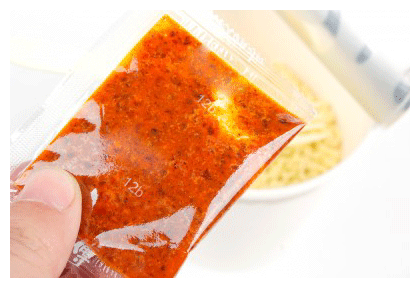
© GreenMedInfo
Despite common perception, the
toxic food additive MSG is
everywhere - not just in Chinese food! This taste enhancer is actually
hidden under dozens of
ingredient names in all sorts of processed foods, restaurant foods, beverages, chewing gums, vitamins and supplements. It is added to foods in higher dosages than ever before, and more and more people are experiencing symptoms.
Monosodium Glutamate (MSG) is a health concern because it contains glutamate. Glutamate is the salt form of "Free Glutamic Acid" - a toxin that is associated with serious health problems such as digestive distress, heart attacks,
Fibromyalgia, behavior problems, insulin resistance,
weight gain, and a long list of other
symptoms. [1, 2, 3, 4]
Due to insufficient labeling laws, food companies use many
hidden names to disguise Free Glutamic Acid in their ingredients lists. So consumers must look for more than just "MSG" on food labels.
To understand why processed
Free Glutamic Acid is associated with so many health problems, it is helpful to learn about
natural Glutamic Acid - an amino acid (a building block of protein) that occurs naturally in the body as one of many excitatory neurotransmitters (chemicals that "excite" cells into action).
Glutamatic Acid also occurs
naturally in certain unprocessed, whole foods (e.g., tomatoes). In this
natural form, it is bound (i.e., linked) together with other amino acids to form a protein. Once ingested, the protein is broken down
slowly by the digestive system. The Glutamic Acid is released
gradually into the blood stream and is non-toxic. If one ingests more than the body needs, the cells clear away the excess just as they were designed to do. The digestion of these natural, whole food sources releases such a small amount of Glutamic Acid that even people who react to
processed MSG can usually tolerate them.